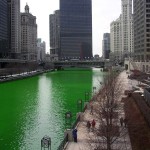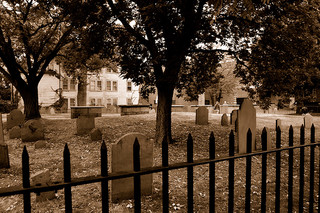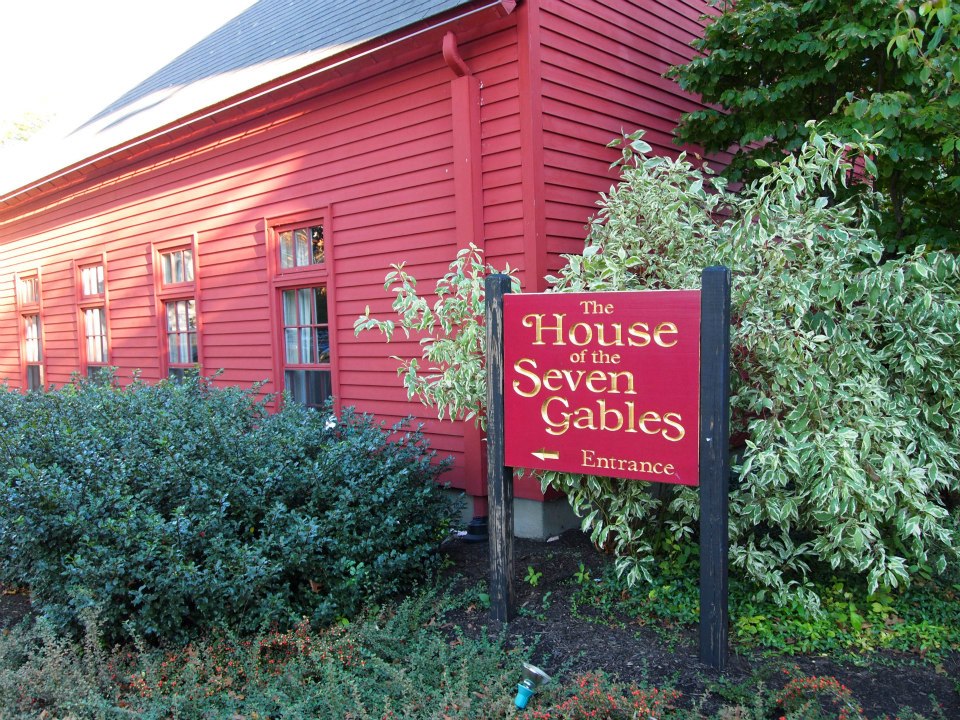
by Katie Davis
Every March 17th, Chicagoans dump 40 pounds of vegetable dye into the Chicago River until the entire waterway glows an electric, shamrock green. New Yorkers celebrate the day with the “oldest, biggest, and best” St. Patty’s Day parade in the world, which originated in 1762. But no matter how popular the holiday has become for Irish-Americans (or those who wish they were), I always wonder: What happens on St. Patrick’s Day in Ireland?
Why, St. Patrick’s Festival in Dublin, of course!
This festival, founded by the Government of Ireland in 1995, seems to be a way for the Irish people to claim ownership of a holiday that is rightfully theirs and showcase a wide range of Irish traditions and talent. The five-day celebration, which drew crowds of 90,000 people last year, holds whimsical parades, fireworks, and other grand-scale spectacles, as well as music, dance, film, visual art, and comedy displays and performances.
Interestingly enough, this year’s St. Patrick’s Festival will focus on the rich Irish literary tradition. There will be a literary-themed scavenger hunt, in addition to readings and discussions with many of Ireland’s most talented writers, including Nobel Prize-winning poet, Seamus Heaney. As a recently designated UNESCO City of Literature, Dublin has always been home to many big name authors like James Joyce, WB Yeats, and Oscar Wilde, yet this year’s Festival Parade will gather inspiration from a contemporary short story, composed by Booker prize-winning novelist, Roddy Doyle, especially for the event.
The piece, entitled “Brilliant,” is a surreal and playful tale that illustrates the quest of a group of children as they seek to rid Dublin of the “Black Dog,” who has stolen Dublin’s “funny bone” and thrust the city into a state of gloom and depression. By repeating the word “brilliant,” which Doyle describes as “the city’s favourite word,” the children destroy the Black Dog and bring positivity and light back to Dublin.
The story is very much a celebration of the city’s character as it employs many elements of the Dubliner dialect and personifies various city streets and monuments who quirkily assist the children. All in all, the story seems to truthfully reflect the happy purpose of St. Patrick’s Festival: a jubilant celebration of the talent, culture, and resilience of the Irish people that seeks to inspire and entertain the locals, as well as Irish-admirers from around the world.
Literature buffs and adventure-seekers alike should check out the St. Patrick’s Festival home page for event dates, further info, and photos.



